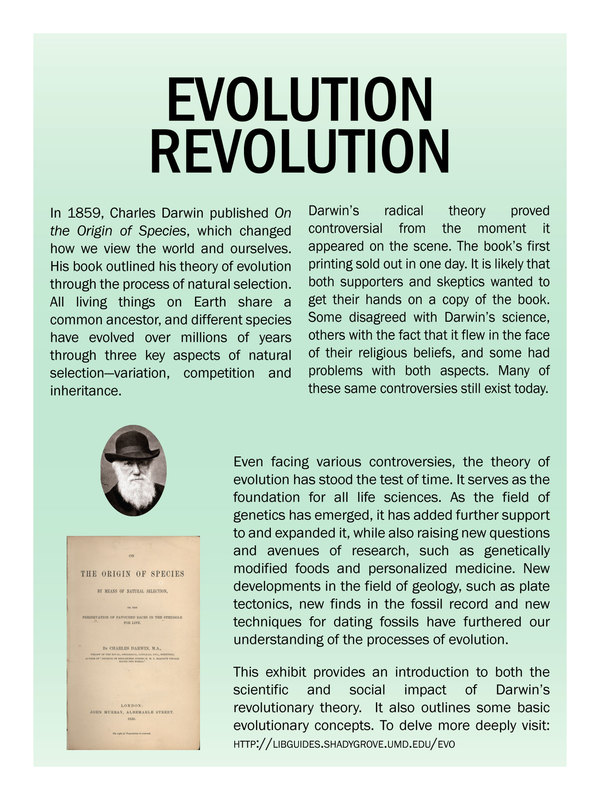Evolution Revolution
In 1859, Charles Darwin published On the Origin of Species, which changed how we view the world and ourselves. His book outlined his theory of evolution through the process of natural selection. All living things on Earth share a common ancestor, and different species have evolved over millions of years through three key aspects of natural selection—variation, competition and inheritance.
Darwin’s radical theory proved controversial from the moment it appeared on the scene. The book’s first printing sold out in one day. It is likely that both supporters and skeptics wanted to get their hands on a copy of the book. Some disagreed with Darwin’s science, others with the fact that it flew in the face of their religious beliefs, and some had problems with both aspects. Many of these same controversies still exist today.
Even facing various controversies, the theory of evolution has stood the test of time. It serves as the foundation for all life sciences. As the field of genetics has emerged, it has added further support to and expanded it, while also raising new questions and avenues of research, such as genetically modified foods and personalized medicine. New developments in the field of geology, such as plate tectonics, new finds in the fossil record and new techniques for dating fossils have furthered our understanding of the processes of evolution.
This exhibit provides an introduction to both the scientific and social impact of Darwin’s revolutionary theory. It also outlines some basic evolutionary concepts. To delve more deeply visit:
HTTP://LIBGUIDES.SHADYGROVE.UMD.EDU/EVO
